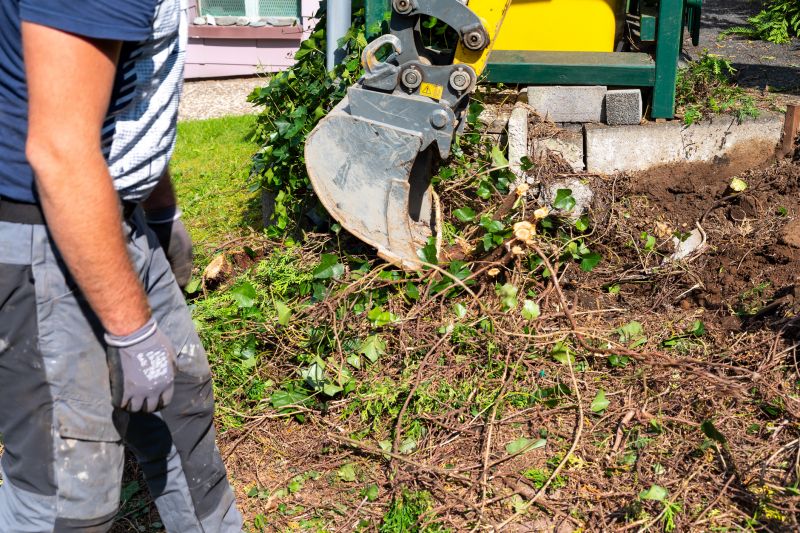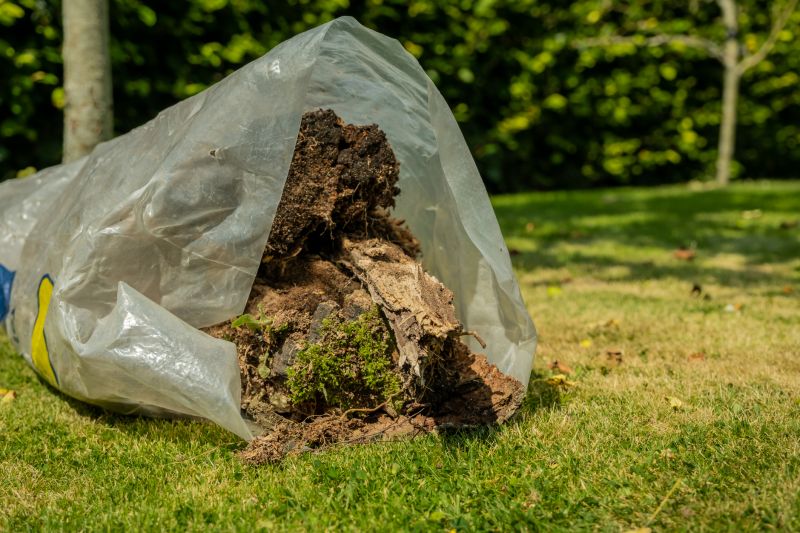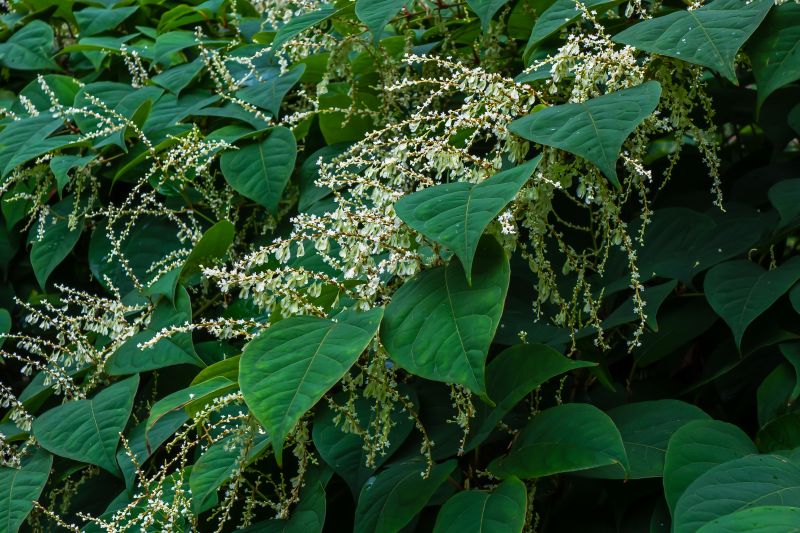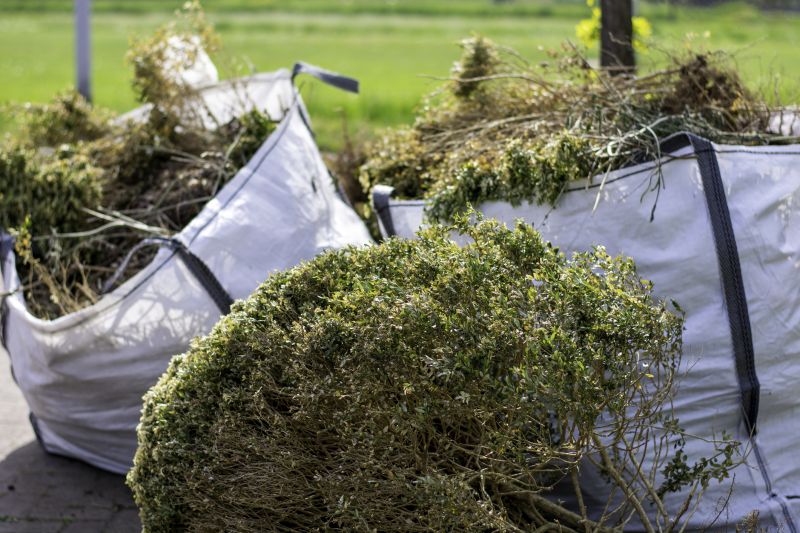Japanese Knotweed Eradication for Property Protection
Japanese knotweed is an invasive plant species known for its rapid growth and extensive root systems, which can cause significant damage to properties and infrastructure. Effective removal is crucial to prevent structural damage, reduce property devaluation, and comply with local regulations. Professional Japanese knotweed removals involve specialized techniques to eradicate the plant and its root system thoroughly.

A dense patch of Japanese knotweed spreading across a property boundary.

Specialized machinery used by professionals to excavate and treat knotweed areas.

A cleared site showing the aftermath of successful knotweed removal.
Japanese knotweed can grow up to 3 meters in height within a single growing season, with roots extending deep and wide underground. Its resilience makes manual removal challenging without professional equipment and expertise. Studies indicate that untreated infestations can lead to property devaluation by up to 20%, emphasizing the importance of prompt and effective removal methods.
The removal process typically begins with a detailed site survey to assess the extent of the infestation. This is followed by targeted excavation, chemical treatment, or a combination of both. After removal, ongoing monitoring is essential to ensure the plant does not regrow. Professionals employ proven techniques to minimize disruption and ensure thorough eradication.
Average Duration of Japanese Knotweed Removal Projects
The time required for professional Japanese knotweed removal varies based on the size and severity of the infestation. Small sites may be cleared within a few weeks, while larger or heavily infested areas can take several months to fully treat and monitor. Factors influencing duration include the method of removal, site accessibility, and environmental conditions.
The Removal Process Explained
The process begins with a comprehensive assessment, followed by the implementation of removal techniques suited to the site. Mechanical excavation involves digging out the plant and roots, which are then properly disposed of. Chemical treatments may be applied to eradicate residual roots and prevent regrowth. Post-removal monitoring ensures the infestation does not recur, with additional treatments scheduled if necessary.
Advantages of Hiring Professionals for Knotweed Removal
Engaging experienced specialists ensures the complete removal of Japanese knotweed, reducing the risk of regrowth and property damage. Professionals have access to advanced equipment and proven methods, which are more effective than DIY approaches. Proper removal also helps property owners comply with local regulations and avoid potential legal issues.

A cleared and restored area after knotweed removal.

Proper disposal of removed plant material to prevent spread.

A site showing successful eradication of Japanese knotweed.
Effective Japanese knotweed removal is a detailed process that requires specialized knowledge and equipment. The use of professional services ensures thorough eradication, minimizes disruption, and protects property value. Proper disposal and ongoing monitoring are essential components of a successful removal strategy.
For property owners seeking to address Japanese knotweed infestations, obtaining a detailed quote can help plan and budget for the project. Filling out the contact form provides an opportunity to discuss specific site conditions and receive tailored recommendations for effective removal.



